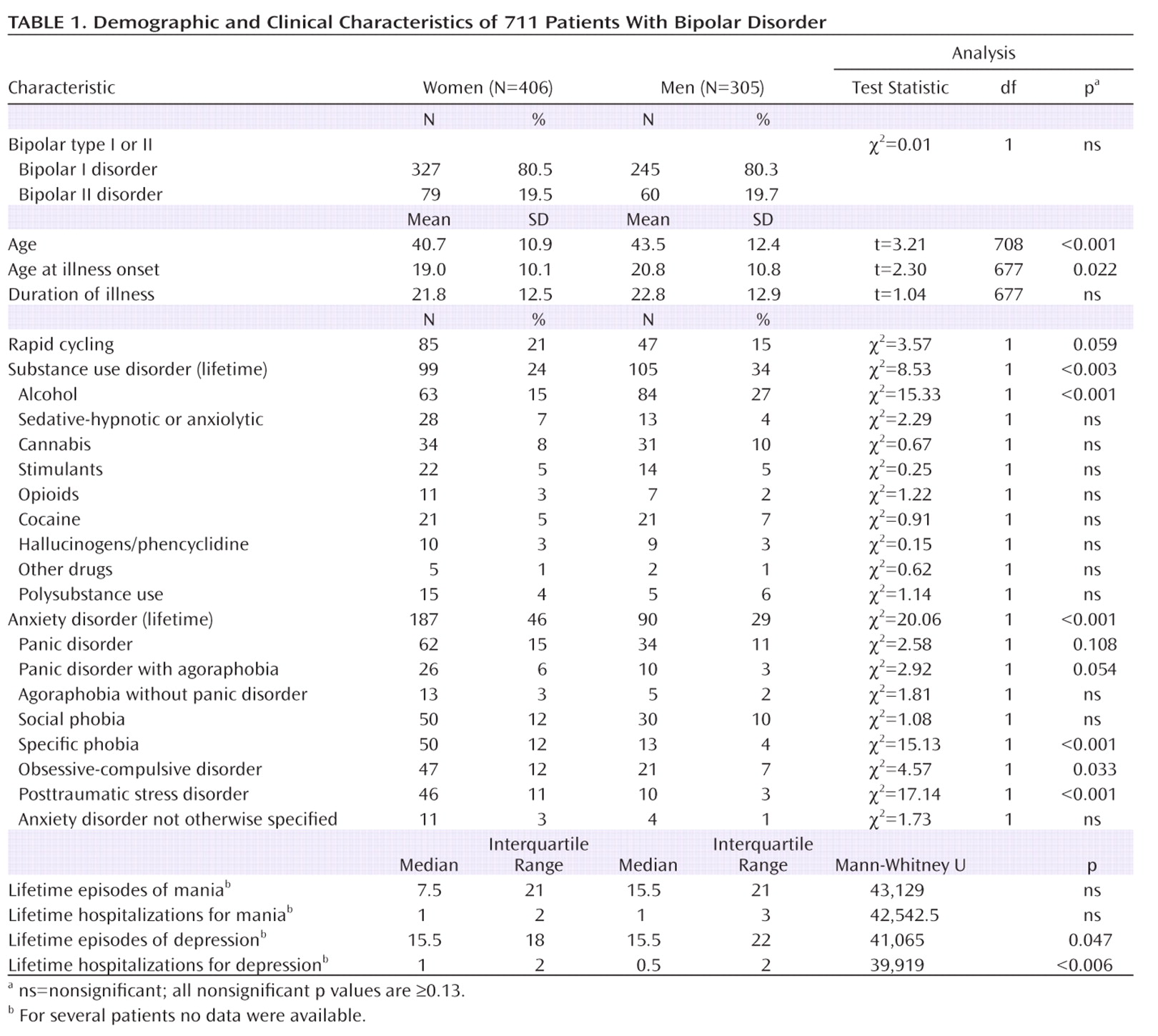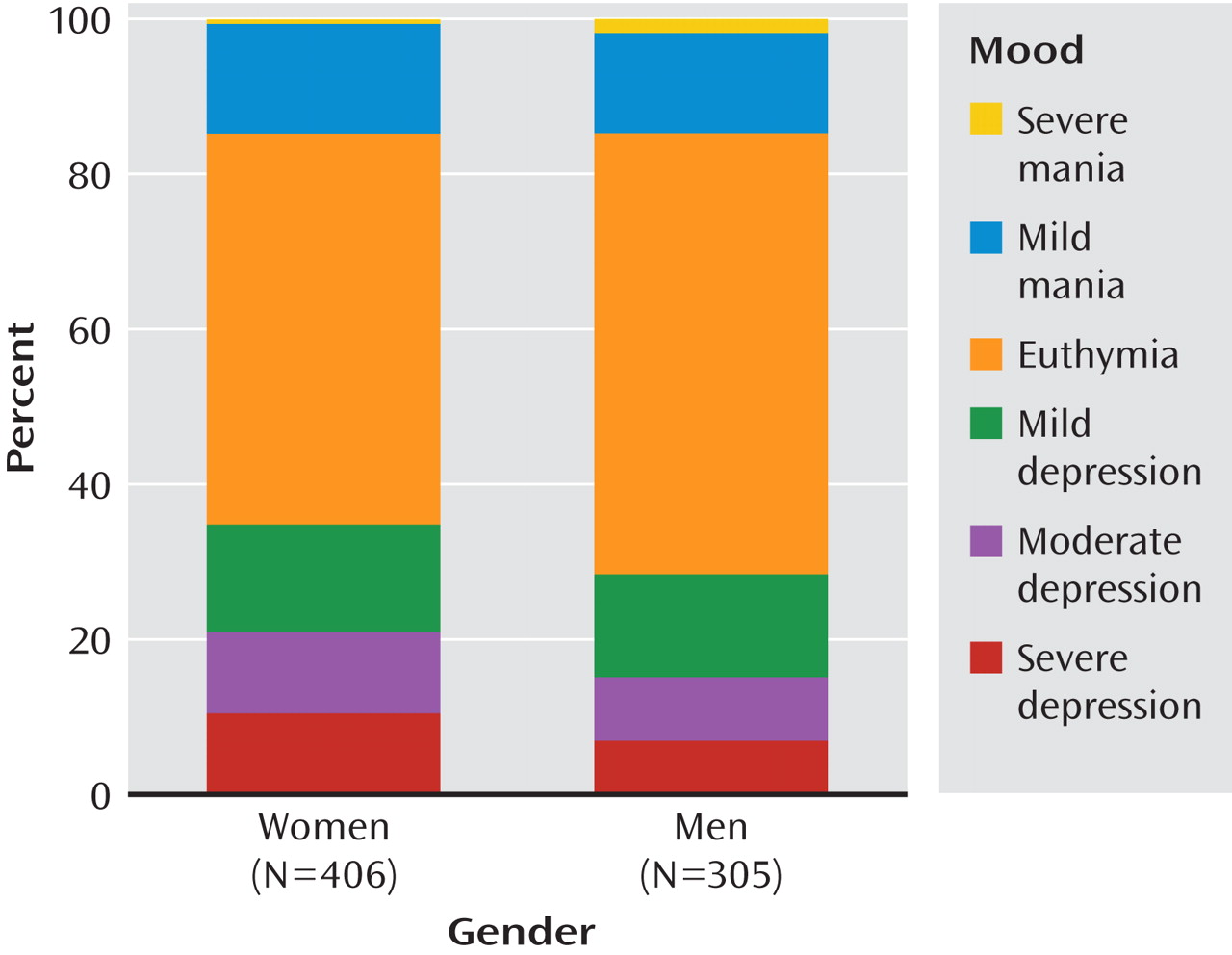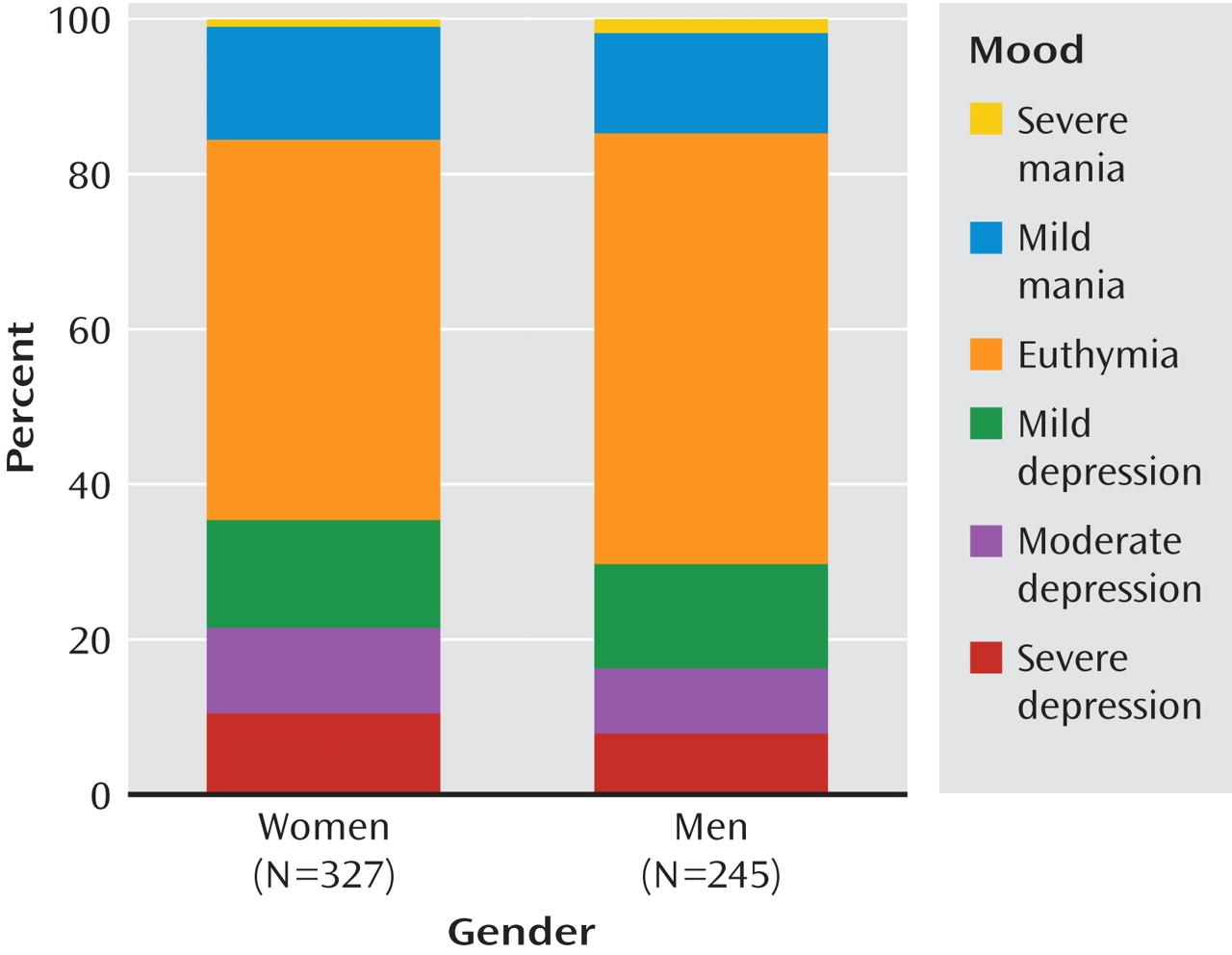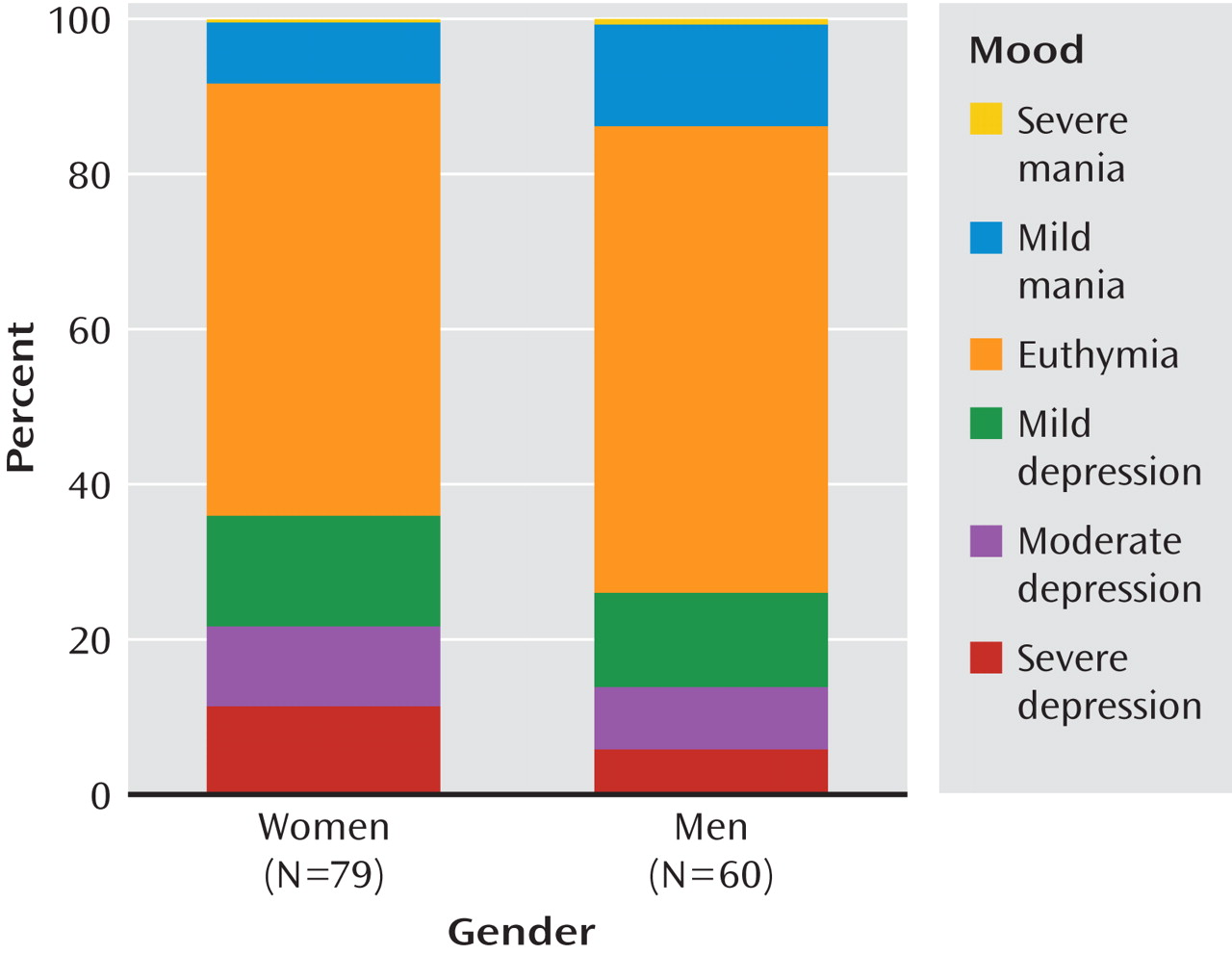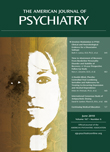Notes
Received Jan. 22, 2009; revision received Sept. 17, 2009; accepted Nov. 30, 2009. From the Department of Psychiatry and Biobehavioral Sciences, the Department of Biostatistics, School of Public Health, and the Jane and Terry Semel Institute of Neuroscience and Human Behavior, UCLA; the Altrech Institute for Mental Health Care, Utrecht, the Netherlands; the Mayo Mood Clinic and Research Program and the Genomic Expression and Neuropsychiatric Evaluation Unit, Mayo College of Medicine, Rochester, Minn.; the Psychopharmacology Research Program, Department of Psychiatry, University of Cincinnati College of Medicine, Cincinnati; the University Medical Center Groningen, Department of Psychiatry, University of Groningen, the Netherlands; the Department of Psychiatry, LMU Munich, Germany; the Bipolar Collaborative Network, Bethesda, Md.; the George Washington School of Medicine, Washington, D.C.; and the Department of Psychiatry and Behavioral Science, Stanford University School of Medicine, Palo Alto, Calif. Address correspondence and reprint requests to Dr. Altshuler, 300 UCLA Medical Plaza, Ste. 1544, Box 957057, Los Angeles, CA 90095-7057;
[email protected] (e-mail).
Competing Interests
Dr. Altshuler has served on a scientific advisory board for Forest Laboratories. Dr. Frye has received grant support from, consulted for, or participated in supported CME activities for AstraZeneca, Bristol-Myers Squibb, Cephalon, Dainippon Sumitomo Pharma, Eli Lilly, GlaxoSmithKline, Ortho-McNeil-Janssen Pharmaceuticals, Johnson & Johnson, Medtronic, NARSAD, National Institute for Alcohol Abuse and Alcoholism, Mayo Foundation, NIMH, Otsuka Pharmaceuticals, Pfizer, Schering-Plough, and Sepracor. Dr. McElroy has been a consultant to or served on scientific advisory boards for AstraZeneca, Eli Lilly, Jazz Pharmaceuticals, Pfizer, and Schering-Plough, has been principal or co-investigator on research studies sponsored by Abbott Laboratories, AstraZeneca, Bristol-Myers Squibb, Cephalon, Eli Lilly, Forest Laboratories, GlaxoSmithKline, Jazz Pharmaceuticals, Marriott Foundation, NIMH, Orexigen Therapeutics, Shire, and Takeda, and receives payments from Johnson & Johnson Pharmaceutical Research and Development related to a patent on the use of sulfamate derivatives for treating impulse control disorders. Dr. Nolen has received grants from or served in a speaking or advisory capacity for AstraZeneca, Cyberonics, Eli Lilly, GlaxoSmithKline, Netherlands Organization for Health Research and Development, Servier, Stanley Medical Research Institute, and Wyeth. Dr. Grunze has received research funding or honoraria from or served in a consulting capacity to AstraZeneca, BMC, Eli Lilly, GlaxoSmithKline, Organon, Pfizer, Sanofi-Aventis, Schering-Plough, and UBC. Dr. Keck has received research support or consulted for Abbott Laboratories, AstraZeneca, Bristol-Myers Squibb, Cephalon, GlaxoSmithKline, Eli Lilly, Epi-Q, Forest Labs, Jazz Pharmaceuticals, Marriott Foundation, NIMH, Orexigen, Pfizer, QuantiMD, Schering-Plough, Shire, and Takeda. Dr. Suppes has received research funding, honoraria, or travel funds from or served in an advisory, speaking, or consulting capacity for Abbott Laboratories, AstraZeneca, GlaxoSmithKline, CME Outfitters, JDS Pharmaceuticals, Eli Lilly, Medscape, NIH, NIMH, Orexigen, Stanley Medical Research Institute, and University of Michigan; she also receives royalties from Jones and Bartlett. The remaining authors report no financial relationships with commercial interests.
